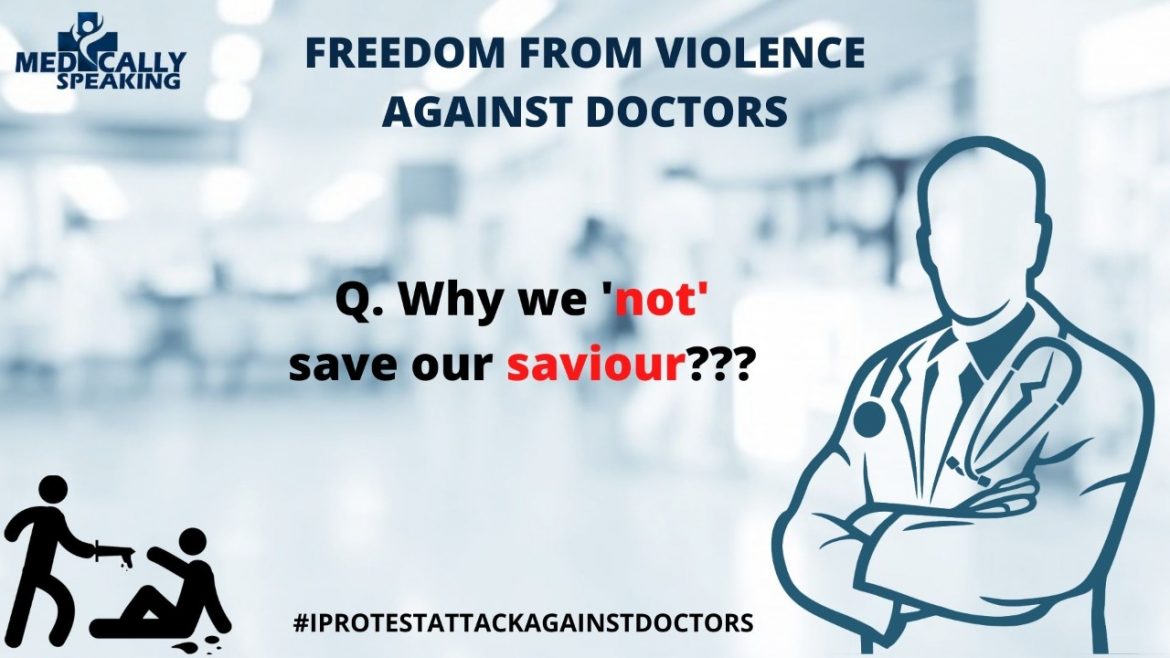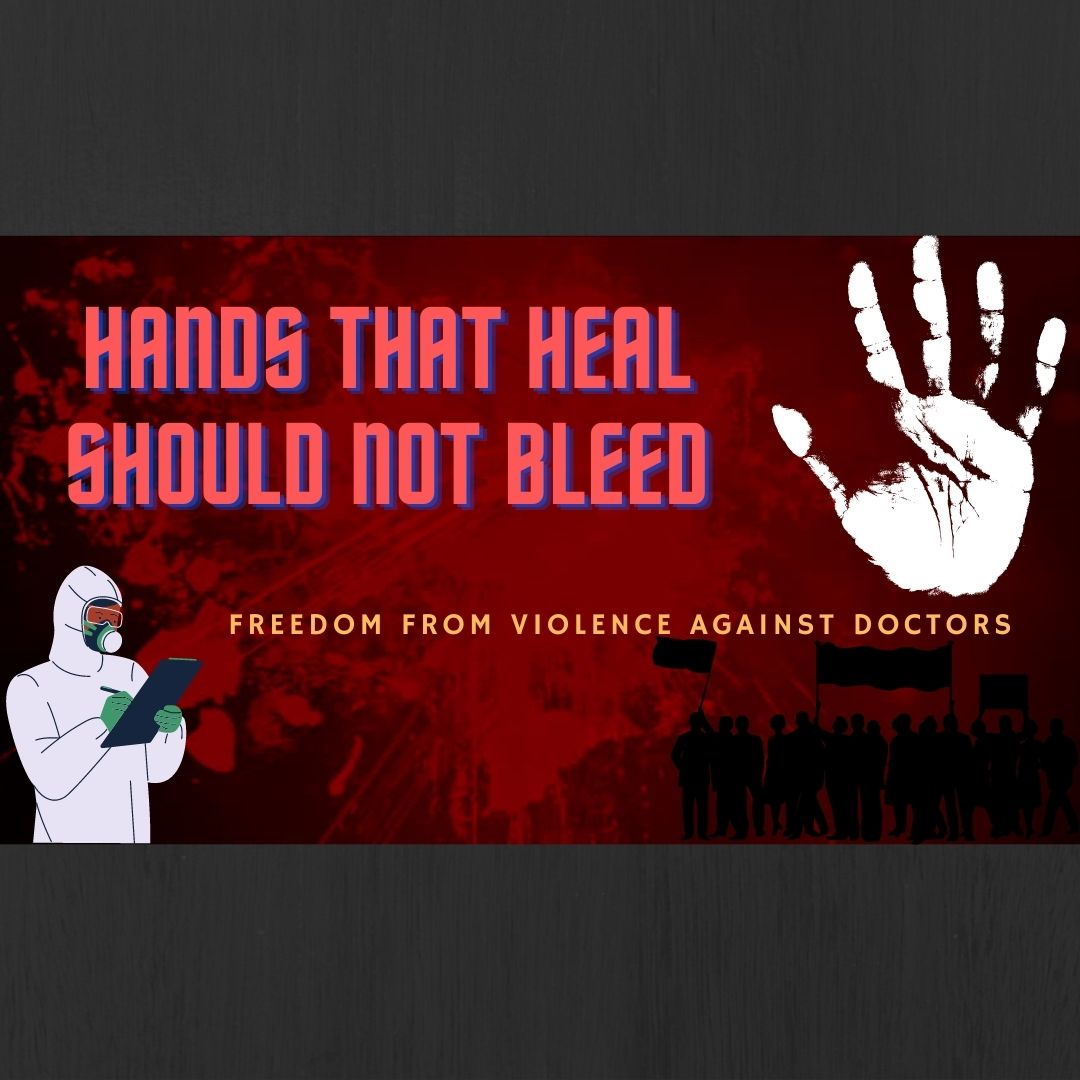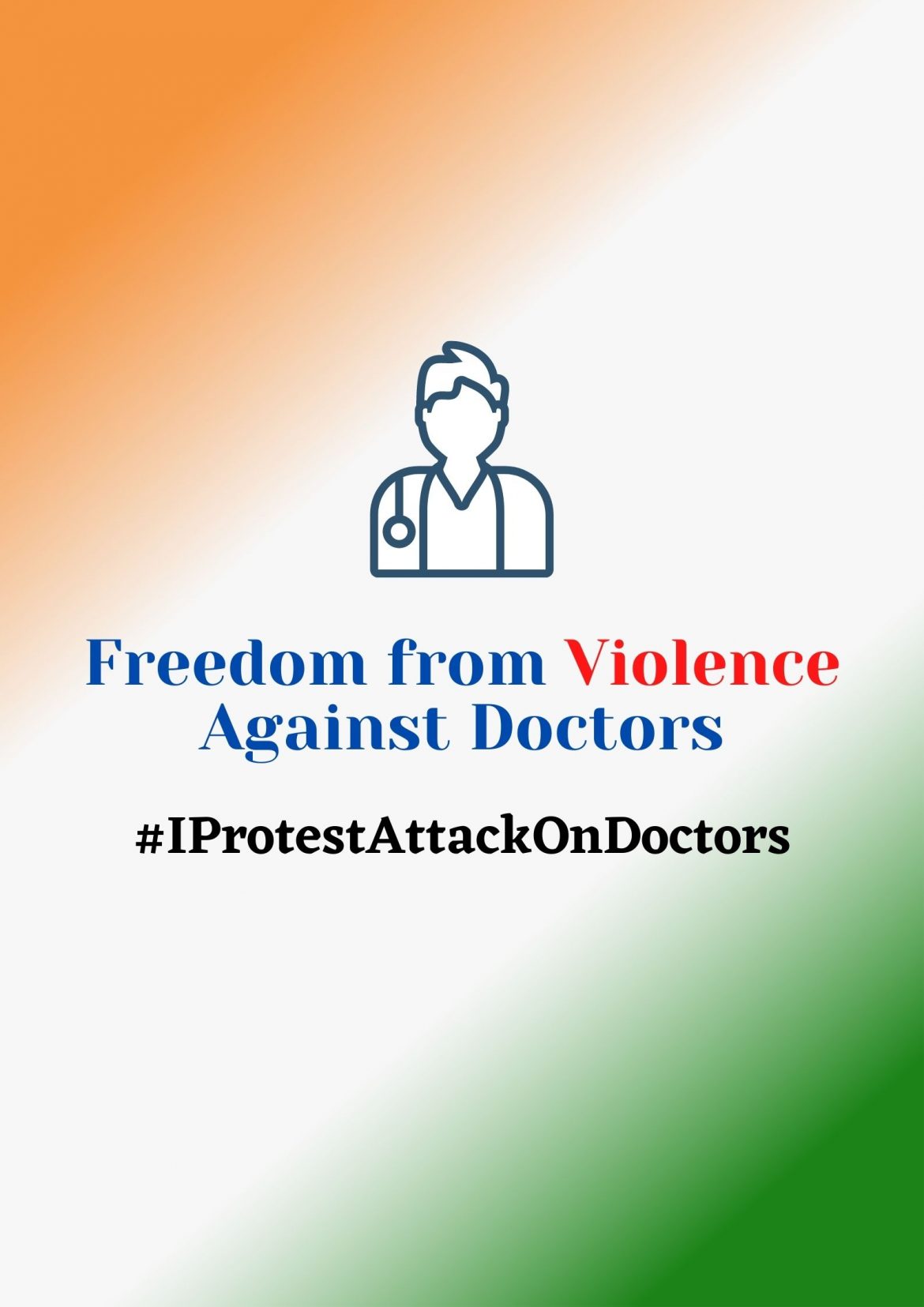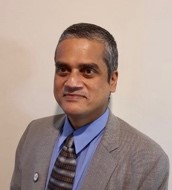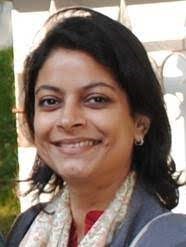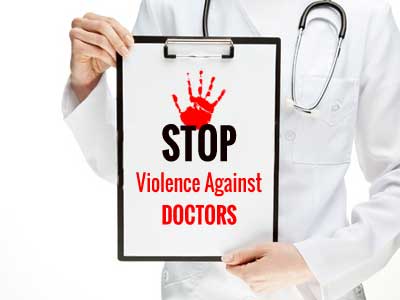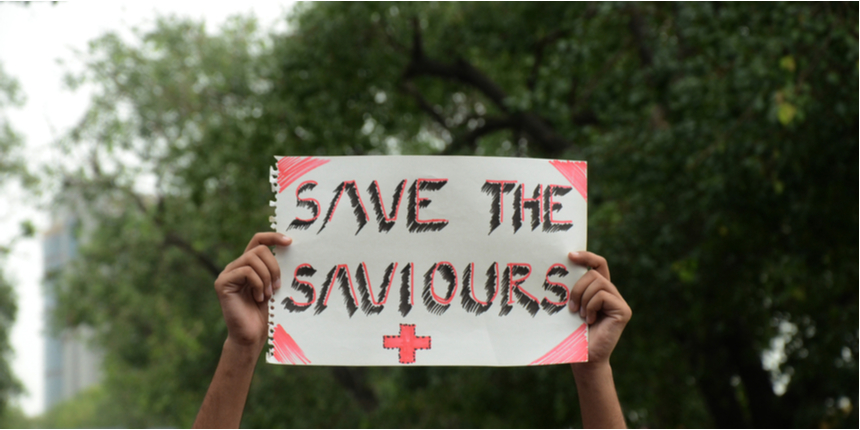The rising occurrences of violence against doctors in the workplace are a major source of worry for these medical professionals. Many cases of workplace violence against physicians have been recorded in the past, and new cases are being reported all the time from all across the country and the world.
According to our experts, implementation of stringent laws and better communication can be a strong solution to curb violence against healthcare workers. But realization on the part of the society about their responsibility for the doctors can bring about a huge positive change.
Medically Speaking discussed about more such possible solutions in detail with our panelists: Dr SSC Chakra Rao, Chairman, Indian Resuscitation Council; Dr Sushil Aggarwal, Associate Professor, BHU, Dr Sushil Mandhania, Oncologist, AIIMS; Dr Sandeep Mishra, Cardiologist, AIIMS; Dr Yatan Balhara, Additional Professor, Psychiatry, AIIMS.
There is a huge gap between patient’s expectations and what you can deliver considering the limited resources. What do you plan to do to bridge that gap?
Dr Sushil Aggarwal: many experts say that the third wave is mainly going to affect the children, hence we have made a pediatric ICU comprising of around 100 beds and Covid wards for other patients. But since we are unable to fulfill the patient’s expectations due to limited resources, it leads to violence against doctors. I think patients should understand our limitations and it is the responsibility of the government and patients as well to understand that doctors are doing their level best to provide best treatment to the country.
Could doctors really modify the language to increase sensitivity while conveying a heart-breaking news to the patient’s kin?
Dr Yatan Balhara: There’s no denying this fact but as Dr Sushil said about the lack of resources and that the patients should understand the immense pressure on doctors. I would say that one of the contributors to the violence is probably a lack of communication or miscommunication. I do acknowledge that if the right words are used to convey something, it would go a long way. There has been a change in curriculum and graduates are given classes on the same and I agree with you that this area needs to be strengthened.
How can people be absolved by any responsibility when it comes to violence against doctors?
Dr SSC Chakra Rao: I would agree to the fact that while the patient is being treated, there is a lot of pressure and stress on the doctors as well as the patient’s relative and also that the communication skill can help in reducing the pain caused to the patient’s kin. But I would also mention that the pressure on the healthcare workers can shorten through teamwork where a skillful person with good communication skill talks to the family members while the others treat the patient in the operation theatre.
When we speak of law and order, appointing marshals forever cannot be the solution. What do you have to say about it?
Dr Sandeep Mishra: Initially we used to have a socialistic model of healthcare, but since west moved into capitalistic model, India also switched over to it. Profit is considered everything in this model. If we submit our healthcare and education in this model, naturally people in this frame will come in because they want to make profit and therefore healthcare becomes a matter of profit instead of a service in many hospitals. Secondly, there is a distrust between the patient and the doctors where patients think that the doctor wants to make a profit out of his illness. But lack of communication is definitely a significant contributor to it. Many doctors have entered this field to serve the society and are very much trained with their work but lack communication skill due to which they are unable to put forth their point. Thirdly, since we are financially constrained and have limited resources, we need to organize our services better. Hence, management skills are required as well.
We need to make the doctors more empathetic through a slight change in the curriculum.
Would you say that by adding management skills to the curriculum, the gap of mistrust can be bridged?
Dr Yatan Balhara: Yes, it is a fact that patients undergo a lot of stress. But they also need to understand the financial and resource constraints in which the doctor and the healthcare infrastructure are functioning. So we need to find the right way forward. We need to have that system where the relatives know what they are going to get through and also know their responsibility.
Would you agree that transparency is the need of the hour?
Dr Sushil Aggarwal: We need to lessen the burden on the tertiary hospital and treat patients in district hospitals also.
How do we change the attitude of people since you cannot have perpetual deployment of policemen at the hospitals?
Dr SSC Chakra Rao: We cannot change the mentality altogether. What we need is a trust between the patient, relative and the doctor. People used to consult their family doctors three decades ago and this was the reason for strong patient-doctor-relative trust. But now people have to visit unknown doctors for their treatment which is the reason for mistrust. For this, we need to be careful while treating the patient and should show some sympathy towards the relatives. Communication should be good.
Do you suggest any changes probably the private sector would think of?
Dr Sushil Mandhania: Those who spread violence need to understand that they will not go spot free. Every state has got it’s own act for example Maharashtra Medical Protection Act. In some cases, people needed to prove themselves innocent.
I agree that communication should be more transparent. And I also agree that the infrastructure should be improved in government hospitals. Also, poor people should be given treatment at the government hospitals as they cannot afford treatment at private hospitals.
What do you suggest to put an end to this vicious cycle of violence?
Dr Sandeep Mishra: we need to work at three levels. First is the physician level, second being the hospital level and the third is community level. At the first level, three things are important. One is communication skill because that will prepare the patient for any risk. Second is that the infrastructure should be organized in such a way that the patient knows about their illness, treatment, prognosis and expected outcome, in detail. Thirdly, the doctor should convey this in an empathetic manner so that the patient is relieved.
Hospitals need to be better organized. They need to have organized security management and operators. A committee should be set up that keeps a check on the violence and comes into action once violent situation occurs. There should be posters on the hospital walls announcing “Violence against doctors is an offensive act”.
At the community level, people should be assured that anyone who tries to commit this act will be punished under that laws that are present in our country.
Stringent laws are already existing in the country, but they don’t seem to be a cogent solution to violence. What do you think is the key to end this?
Dr Sushil Aggarwal: Immediate action should be taken against those who practice violence, but this is a short term solution. For a long term solution, we need to improve our healthcare facilities.
Is there a way to express the grief of a doctor in a difficult moment without violence?
Dr SSC Chakra Rao: The main problem with the implementation of law that has been brought in to curb this violence is the interference of the politicians who free the culprits. This is why there is no fear among these people regarding these laws.
Other problem is that more than one people rush into the hospital for a single patient and hospital cannot accommodate so many relatives. It is the responsibility of the community that they understand this fact. Doctor is a precious part of the society as they study for years to be able to serve the community.
The least we can do to for these saviors is stop vandalism and violence spreading against them. And this has to come from the community itself and I hope that changes are implemented in the near future.

